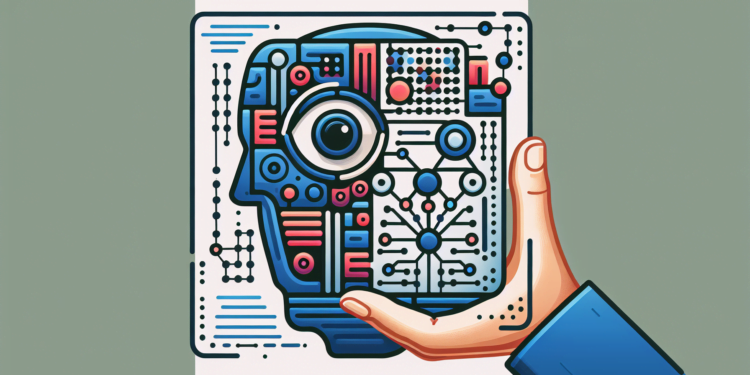Image Segmentation using Deep Learning: An Advanced Technical and Prospective Analysis
Image segmentation, a critical task for computer vision, has been radically transformed over the last decade through advances in artificial intelligence (AI), particularly in deep learning. This article provides a comprehensive review from the fundamentals to the cutting-edge developments and emerging applications in image segmentation.
Fundamentals of Image Segmentation in AI
Image segmentation is the process of partitioning a digital image into multiple parts or regions, with the purpose of simplifying or changing the representation of the image to facilitate its analysis. In the field of AI, this typically involves the use of machine learning algorithms to label each pixel with a corresponding class.
Deep Learning: The Catalyst for Transformation
The adoption of convolutional neural networks (CNNs) has marked a before and after in image segmentation. CNNs have the ability to automatically extract relevant features from images through multiple layers of processing, which allows for superior performance compared to more traditional techniques.
Benchmark Models in Image Segmentation
- U-Net: Introduced by Olaf Ronneberger and others in 2015 for biomedical image segmentation, U-Net stands out for its “U” shaped architecture, which allows the transfer of spatial contexts across the network layers.
- Mask R-CNN: This extension of Faster R-CNN, developed by Kaiming He and collaborators in 2017, is recognized for its effectiveness in instance segmentation, where each individual object is segmented with a high degree of precision.
Recent Advances and Trends
Current research in image segmentation is driven by the need to improve the accuracy, efficiency, and generalization of models in complex environments:
- Generative Adversarial Networks (GANs): Their application in image segmentation has shown promising results, particularly in generating synthetic training labels that enhance model robustness.
- Self-supervised and Semi-supervised Learning: With the scarcity of labeled data, these approaches help to develop models capable of learning useful features with minimal manual annotations.
- Transformers in Computer Vision: Inspired by their success in natural language processing, transformers are starting to be applied to image segmentation, allowing for better contextual understanding through attention mechanisms.
Practical Applications
Applications of image segmentation range from medicine to autonomous driving. A case in point is the detection and segmentation of tumors in medical images, where models like U-Net have significantly improved the accuracy of diagnoses and treatments. In the automotive industry, semantic segmentation plays a key role in perception systems for autonomous vehicles.
Comparative and Model Evaluation
The comparison between image segmentation models is typically carried out on standard datasets such as Pascal VOC, MS COCO, and Cityscapes. Evalutation based on metrics like IoU (Intersection over Union), which quantifies segmentation accuracy, and inference time, which is crucial for real-time applications, is essential.
Future Directions
The continuous evolution of deep learning in image segmentation anticipates innovations across various dimensions:
- Real-Time Segmentation and Energy Efficiency: There’s a need for improved computational efficiency for mobile applications and edge computing.
- Interactivity and User Feedback: To integrate the capability to dynamically adjust models based on user feedback.
- Robustness against Adversarial Attacks: As AI becomes more integrated into daily life, the security of models against malicious manipulation is an emerging area of concern.
Image segmentation is at an exciting crossroads, with deep learning opening paths inconceivable just a decade ago. As technology progresses and applications expand in complexity and scale, the scientific and technical community continues to face unprecedented challenges and opportunities to reshape our interaction with the digital and physical world through the eyes of AI.






















